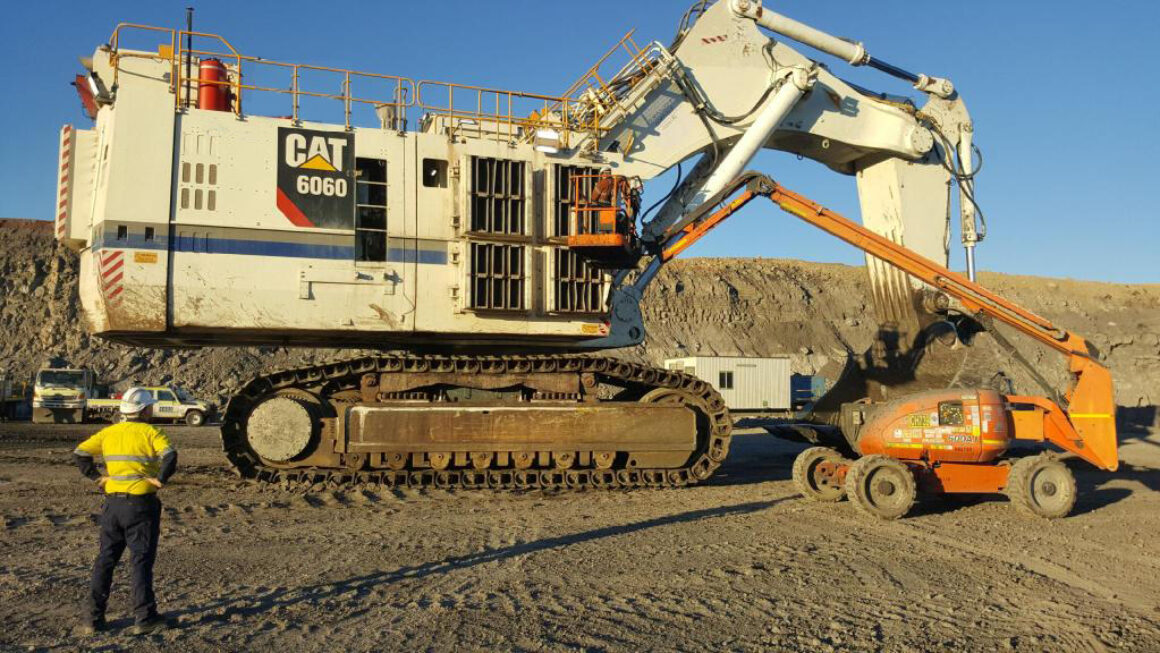Case Study: How Horton Beat the Heat in Australian Mine Country

July 27, 2020
About 200 miles north of Sydney with a landscape dotted by vineyards, the Hunter Valley is perhaps best known as Australian wine country.
But it’s also mine country.
Coal excavation, in fact, is the area’s top economic driver, and companies extract from open-cut mines throughout the region. Facing harsh conditions that include blistering temperatures above 38 degrees Celsius (100 Fahrenheit) the region’s miners source thousands of dollars’ worth of raw coal every minute.
Assuming their heavy-duty equipment operates at peak performance, that is.
Recently at one key site, a CAT 6060 excavator experienced frequent overheating issues. When ambient temperatures climbed above 30 degrees Celsius (86 Fahrenheit), the machine’s four hydraulic fans were unable to provide sufficient cooling, causing the 6060 to shut down through overheating.
So Horton Inc., a global provider of engine cooling systems based out of Roseville, Minnesota, and local distributor Norman G. Clark teamed up to craft a solution.
In the competitive commodities landscape, every second of uptime is precious. Excavators quickly transfer giant loads of coal into mine haul trucks in the span of about 2 minutes. Every load is worth about $30,000 when it reaches the top of the pit.
[RELATED: An overview of Horton’s newest engine cooling innovations for the mining industry]
Most mining firms don’t maintain spare excavators, so when one goes down for even 10 minutes, it can cost an estimated $120,000-$150,000 in lost profit.
Australia’s environmental regulations add to the challenge. In the Hunter Valley, all vehicles require sound attenuation packages that put considerable restrictions on cooling systems.
Keep it cool – and quiet
Norman G. Clark has served as a licensed Horton distributor and manufacturer in Australia for 56 years. Together, Norman G. Clark Technical Sales Engineer Jack Clark and Chief Engineer David Kosnar joined Horton Vice President of Off-Highway Sales Dirk Kreunen for a visit to the mine site to review its applications and issues.
The customer requested at least 10 percent more airflow with no significant increase in hydraulic pressure, and thus engine noise. Kreunen, Lead Sales Engineer for Off-Highway Neal Shawaluk, application engineer Justin Polak and the rest of Horton’s off-highway team promptly began testing potential solutions in its Roseville, Minnesota research and development center. Norman G. Clark, meanwhile, provided continuous feedback to both Horton and the end customer throughout the process.
The group’s task: optimize a more efficient fan to achieve increased airflow without making the excavator’s inner workings any louder.
Beating the heat
Horton recommended four HM1400 fans to replace the original fans supplied by Caterpillar. Following this determination, further testing was conducted both before and after installation to determine how effective the new setup could be.
“We plotted the HM1400 fan against the original fan and determined that we could gain a fair amount of airflow with minimal extra power draw,” Shawaluk said. “We knew we needed to have a robust fan for this type of mining application, so the HM1400 was a really good fit.”
After the changeover to Horton fans, the customer experienced zero excavator shutdowns– despite temperatures often climbing past 43 degrees for 7-14 days in a row.
The excavators had been achieving about 33,900 cubic feet of airflow per minute. With Horton’s fans, they now push through approximately 38,150 cubic feet per minute, a 12.5-percent increase.
Furthermore, there was no lift in hydraulic pressure, and sound testing revealed an actual drop in noise of about two decibels – a result of fans spinning slower using the automatically-controlled drive.